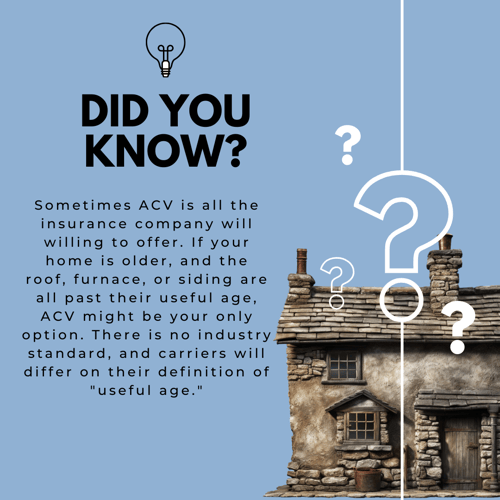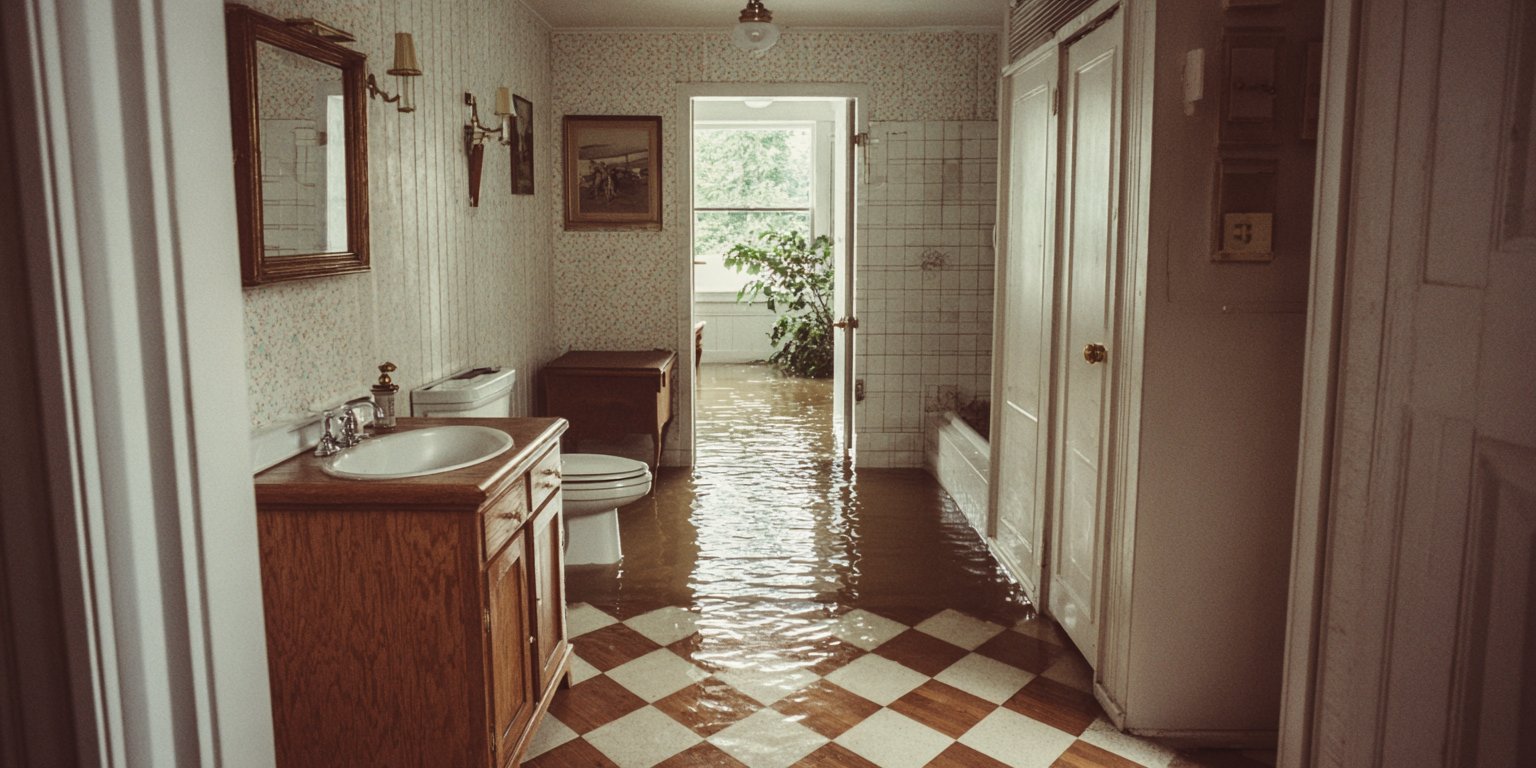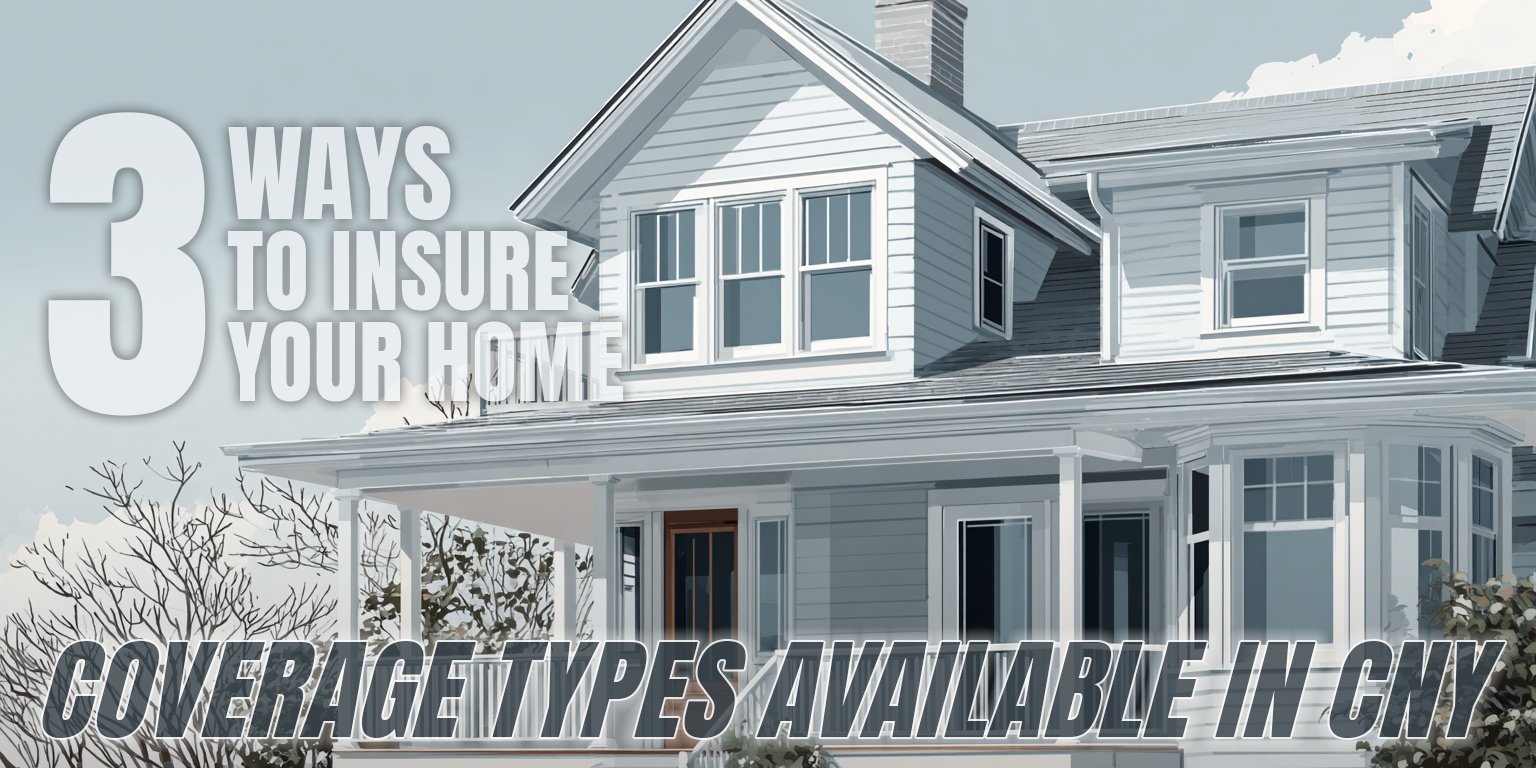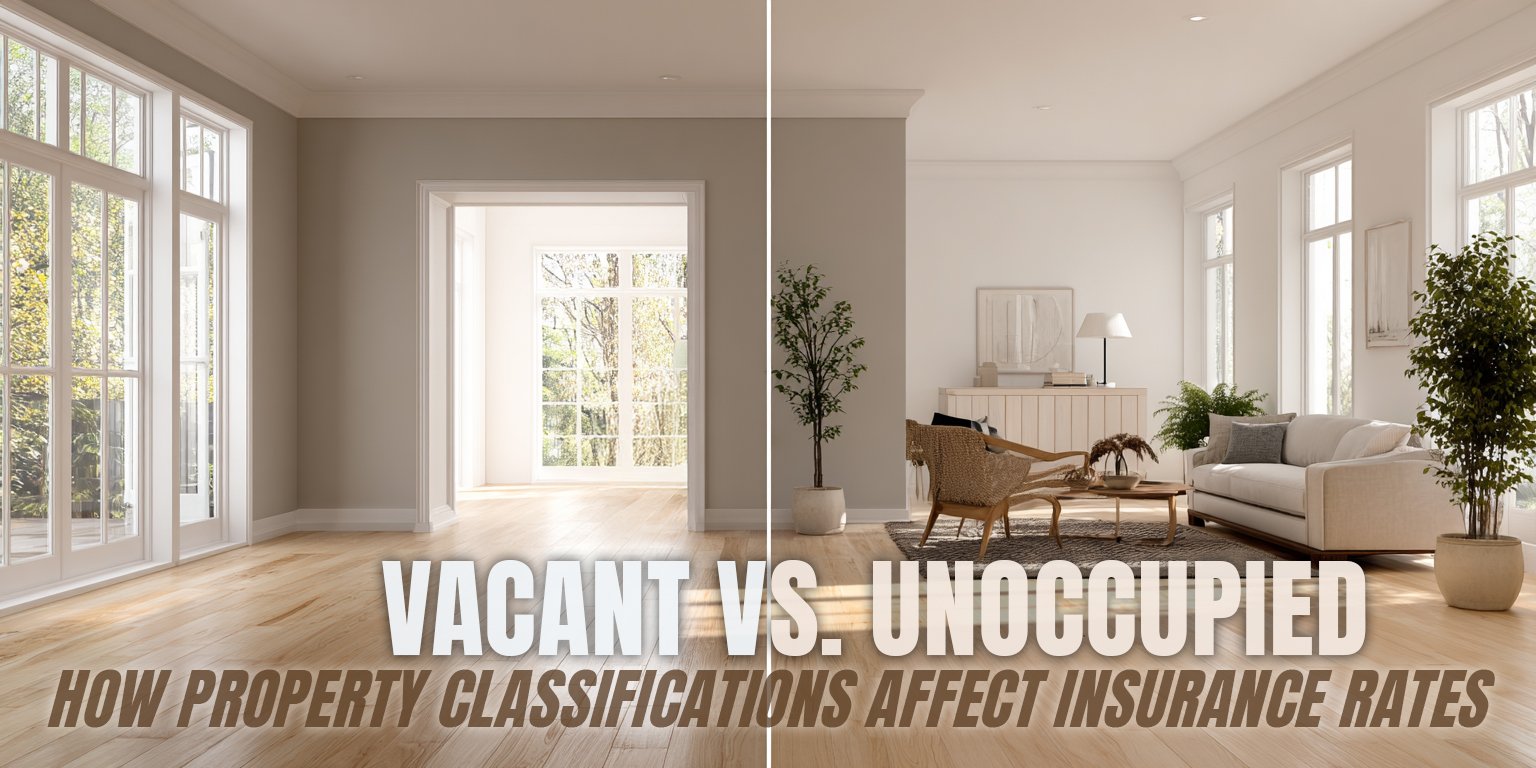The Difference Between Replacement Cost and Actual Cash Value Coverage and Why It Matters for Your Property and Belongings
July 10th, 2023
6 min read

Let’s say you own a charming colonial in Constantia insured for $200,000. In the event of a fire that destroys enough of the structure to result in a total loss, you may expect to receive a check for $200,000 from your carrier to cover the rebuilding cost.
However, if your home is insured for actual cash value, you may only receive a check for $150,000. This is because the insurance company will deduct the depreciation of your home’s value from the total amount of the claim.
In this example, you would be out $50,000 if didn’t have replacement cost coverage. That is a significant amount of money, and it’s something you should be aware of.
You may not know the difference between replacement cost and actual cash value coverage. This can lead to nasty surprises and disappointment when you file a fire or other claim and find out you’re not covered for the full cost of repairs or replacement on your home or property.
It can be frustrating and confusing to be faced with these policies and not make much sense of either. That’s why we’re here for you.
We compiled this information to help you get a grasp on that aspect of your policy so you can ensure you have the coverage you need.
The Horan agency has a proven track record of helping CNY policyholders avoid losing money through depreciation after a claim. We can help you in the same way by steering you to the right policy.
You’re wise for deciding to educate yourself on replacement cost and actual cash value coverage so you can properly protect your home and belongings from unexpected events.
In this article, you’ll learn the difference between the two types of coverage and how they can affect your claim. By absorbing this content, you’ll be able to make informed decisions about your insurance needs and avoid financial loss.
The Two Types of Coverage for Your Stuff
When you buy insurance, you’re essentially buying peace of mind. You want to know that if something happens to your home, car, or belongings, you’ll be covered. But there are several types of insurance coverage, and it’s important to understand the difference between them.
Whether it’s your home, personal belongings, or vehicle, you’re either covered by replacement cost or actual cash value coverage. These terms may sound like insurance jargon, but they’re important to understand if you ever have to file a claim.
Let’s dive into the definitions and differences between the two.
Why You Should Choose Replacement Cost Coverage Over Actual Cash Value
Replacement cost is insurance coverage that pays for the full cost of replacing your damaged or lost items with new ones. To illustrate how it works, let’s look at some common scenarios.
Imagine that a water leak from your roof ruins your clothes, electronics, furniture, or housewares. What if these items were old and worn out? With replacement cost coverage, you don’t have to worry about their condition.
You can buy new items that are similar to the ones you had before. Meaning the stained couch that you could only sell for $75 on Facebook Marketplace could now be replaced with a brand-new one worth $1,200.
Now, think about your house. If it gets damaged by hail or wind, it would be expensive to repair. But what if your roof was 22 years old and your siding was outdated? With replacement cost protection, you can get a new roof and new siding.
That’s why replacement cost coverage is valuable, especially compared to actual cash value insurance protection, which we will explain shortly. That one is not as generous.
The Drawbacks and Limitations of Replacement Cost Coverage
Replacement cost may seem like the ideal coverage for replacing your damaged or lost items, but it has some drawbacks and limitations that you should be aware of. Here are some of them:
You won’t get the full amount of your coverage right away. For example, if you have $100,000 of coverage for your belongings and they are all destroyed by a fire, you might expect to receive a check for $100,000 to buy new items. However, that’s not how it works.
 The insurance company will first pay you the depreciated value of your items, which could be much lower than their replacement cost. You might only get $40,000 at first.
The insurance company will first pay you the depreciated value of your items, which could be much lower than their replacement cost. You might only get $40,000 at first.
Then, as you buy new items and show receipts to the insurance company, they will reimburse you the difference between the depreciated value and the replacement cost.This way, they make sure that you are actually replacing the items and not spending the money on something else.
You have to buy similar items to the ones you had before. This means that you can’t upgrade to a higher quality or more expensive item than what you had before. For instance, if your inexpensive dishware from Amazon was burned up, you can’t replace it with a fancy set from Lennox.
You have to buy something similar in quality and price, or else the insurance company won’t pay the full difference. You can go to Target or Pottery Barn, but not beyond that.
You may still end up paying some costs out of pocket. Even though replacement cost coverage is designed to make you whole again, there may be some situations where the insurance company won’t cover everything.
For example, if there is a limit on your coverage for certain types of items, such as jewelry or electronics, you may not get enough money to replace them with new ones. Or if there is a deductible on your policy, you will have to pay that amount before the insurance company pays anything.
Despite these drawbacks, replacement cost coverage is still the best option for most people who want to replace their items with new ones. It is much better than actual cash value coverage, which we will discuss next.
The Hidden Dangers of Actual Cash Value Coverage
Imagine getting a check from your insurance company after a loss and being free to spend it however you want. You could take the money and run to Vegas if you feel lucky. This scenario is possible with Actual Cash Value (ACV) insurance protection. But before you get too excited, let me explain why ACV is not as good as it sounds.
ACV means that you will receive only the depreciated value of the lost item, not the full cost of replacing it. The insurance adjuster will review the damaged property’s age, style, and condition and determine how much it has lost in value over time.
For example, if your car is totaled in an accident, the insurance company will pay you the current market value of your car, not the price you paid for it when it was new. You’ll never see a 2003 Toyota Corolla replaced with a 2022 version on the insurer’s dime!
 This might not seem too bad for a car, but what if your house is damaged by hail? Suppose your roof and siding are 22 years old and need to be replaced. The replacement cost could be $11,000 for the roof and $10,000 for the siding. But with ACV coverage, you won’t get that much.
This might not seem too bad for a car, but what if your house is damaged by hail? Suppose your roof and siding are 22 years old and need to be replaced. The replacement cost could be $11,000 for the roof and $10,000 for the siding. But with ACV coverage, you won’t get that much.
The insurance company will calculate how much your roof and siding have depreciated over 22 years and pay you accordingly. You might end up with a check for only $5,500 instead of $21,000. That’s a big difference!
That’s why ACV is often called the worst nightmare of homeowners insurance. It leaves you with a huge gap between what you need and what you get.
Unlike replacement cost coverage, which pays for the actual cost of repairing or rebuilding your property, ACV does not require you to use the money for that purpose. But unless you have a lot of savings or another source of income, you might not have much choice.
ACV is very common in car insurance, but it is not recommended for home insurance. If you want to avoid unpleasant surprises and protect your investment in your home, you should opt for replacement cost coverage instead.
Replacement Cost vs. Actual Cash Value: Which is Right for You and Your Stuff?
So, which type of coverage is right for you? It depends on your individual needs and budget. If you have expensive belongings, you may want to consider purchasing replacement cost coverage. This will ensure that you’re fully reimbursed for your losses, even if your belongings have depreciated in value.
If you’re on a tight budget, you may want to consider purchasing actual cash value coverage. This will be less expensive than replacement cost coverage, but you may end up paying more out of pocket if your belongings are damaged or stolen.
By following the advice in this article, you’ll benefit from having the right level of protection for your property and belongings. You’ll avoid the risk of being underinsured and losing money in case of a loss. You’ll also have peace of mind knowing that you can replace your stuff with new ones if something happens to them.
Overlooking the points here may leave you with the wrong level of protection for your property and belongings. You’ll face the risk of being underinsured and losing money in case of a loss. You’ll also have stress and frustration knowing that you can’t replace your home, property, or belongings with new ones if something happens to them.
Choosing the right level of protection for your property and belongings can be confusing and overwhelming because inadequate coverage can negatively affect your claim settlement.
We wrote this article to help you avoid that outcome, and if you’ve read this far, you’re likely choosing not to settle for less than what you deserve or risk your financial stability by sticking with the wrong coverage.
But you don’t have to figure it out on your own.
We have the expertise and knowledge to help you find the best option for your property and belongings. We can compare quotes and coverages from various insurers we’ve partnered with and explain the pros and cons of each one.
To get things started, click the Get a Quote button below, and one of our insurance specialists will be in touch.
If you’d rather have us review your current policy, call (315) 635-2095.
Not ready to do either? Keep reading to bone up on your insurance knowledge and learn how to increase protection for your most valuable things by scheduling them.
Daniel is an accomplished content creator. He has been working in publishing for almost two decades. Horan Companies hired Daniel as its content manager in November 2022. The agency entrusted its messaging to him. Since then, Daniel has written insurance articles, service pages, PDF guides, and more. All in an effort to educate CNY readers. He's helping them understand the world of insurance so they can make informed decisions.
Topics:


























